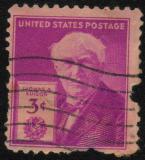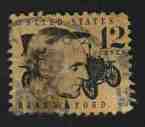Tesla on Edison : "If Edison had a needle to find in a haystack, he would proceed at once with the diligence of the bee to examine straw after straw until he found the object of his search. ... His method was inefficient in the extreme, for an immense ground had to be covered to get anything at all unless blind chance intervened and, at first, I was almost, a sorry witness of such doings, knowing that a little theory and calculation would have saved him ninety percent of his labor."
The Battle of the Currents (Edison Vs Tesla)
The "Battle of Currents" era in the late 1880s saw George Westinghouse (together with Tesla) and Thomas Edison become adversaries due to Edison's promotion of direct current (DC) for electric power distribution [he did not want to lose out on his DC related patent royalties :)] over alternating current (AC) advocated by Westinghouse and Nikola Tesla. Ultimately, Tesla 'won' the battle & all electrical engineers today know why.
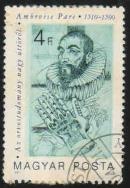
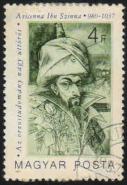
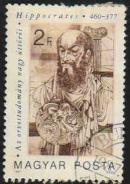
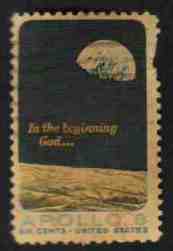
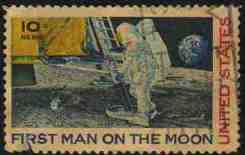
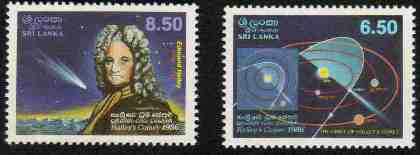
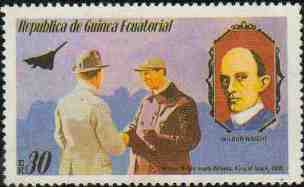
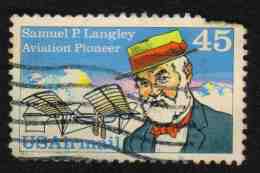
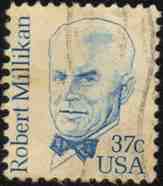
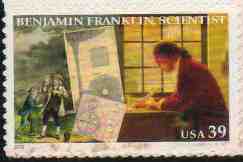
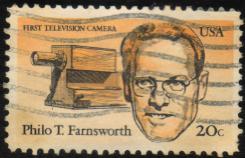
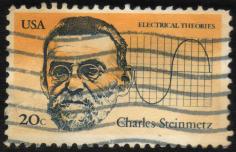

William Harvey (1578 1657) was an English physician who was the first to describe correctly and in exact detail the systemic circulation and properties of blood being pumped around the body by the heart.
Ambroise Parι (1510 1590) was a French surgeon and is considered as one of the fathers of surgery. He was a leader in surgical techniques and battlefield medicine, especially the treatment of wounds. He was also an anatomist and the inventor of several surgical instruments.
Avicenna (c. 980 - 1037) was a Persian polymath and the foremost physician and philosopher of his time. He was also an astronomer, chemist, geologist, Hafiz, Islamic theologian, logician, paleontologist, mathematician, physicist, poet, and scientist. the basic knowledge of Unani medicine as a healing system was developed by Ibn Sina in his medical encyclopedia The Canon of Medicine. While he was primarily influenced by Greek and Islamic medicine, he was also influenced by the Indian medical teachings of Sushruta and Charaka.
Hippocrates (ca. 460 BC ca. 370 BC) was an ancient Greek physician and is considered one of the most outstanding figures in the history of medicine. He is referred to as the Western father of medicine in recognition of his lasting contributions to the field as the founder of the Hippocratic School of medicine. This intellectual school revolutionized medicine in ancient Greece, establishing it as a discipline distinct from other fields thus making medicine a profession.
Neil Armstrong, the first man on moon
Picture of Earth from Apollo 8 mission
Edmond Halley (1656 1742) was an English astronomer, geophysicist, mathematician, meteorologist, and physicist who is best known for computing the orbit of the comet named after him.
Wilbur Wright (1867 1912), along with his brother Orville is generally credited with inventing and building the world's first successful airplane and making the first controlled, powered and sustained heavier-than-air human flight.
Samuel P. Langley (1834 1906) was an American astronomer, physicist, inventor of the bolometer (An extremely sensitive instrument that measures heat radiation) and pioneer of aviation. His publication of infrared observations was used by Svante Arrhenius to make the first calculations on the greenhouse effect.
Robert A. Millikan (1868 1953) was an American experimental physicist, and Nobel laureate in physics for his measurement of the charge on the electron (oil drop experiment) and for his work on the photoelectric effect.
Benjamin Franklin (1706 1790). As a scientist, Franklin was a major figure in the history of physics for his discoveries and theories regarding electricity. He invented the lightning rod, bifocals, the Franklin stove, a carriage odometer, and the glass harmonica. Franklin never patented his inventions. He was the first to label charge as positive and negative respectively, and he was the first to discover the principle of conservation of charge.
Philo Farnsworth (1906 1971) was an American inventor and television pioneer. He is perhaps best known for inventing the first fully-functional all-electronic image pickup device (video camera tube), the "image dissector", the first fully-functional and complete all-electronic television system.
Edwin Howard Armstrong (1890 1954) was an American electrical engineer and inventor. Armstrong was the inventor of modern frequency modulation (FM) radio. He invented the regenerative circuit and patented it in 1914, the super-regenerative circuit in 1922 and the superheterodyne receiver 1918.
Charles Proteus Steinmetz (1865 1923) was a German-American mathematician and electrical engineer. He fostered the development of alternating current that made possible the expansion of the electric power industry in the United States, formulating mathematical theories for engineers. He made ground-breaking discoveries in the understanding of hysteresis that enabled engineers to design better electric motors for use in industry. Steinmetz used the term phasor for his simplified mathematical representation of an electricity waveform, a property that has greatly simplified the analysis of AC circuits. The IEEE Charles Proteus Steinmetz Award is given to an individual who has made major contributions to the development of standards in the field of electrical and electronics engineering.
Nikola Tesla (1856 1943) was an inventor, a mechanical and electrical engineer who made some of the most important contributions to the birth of commercial electricity, and is best known for his many revolutionary developments in the field of electromagnetism in the late 19th and early 20th centuries. Tesla's patents and theoretical work formed the basis of modern alternating current (AC) electric power systems, including the polyphase system of electrical distribution and the AC motor. The SI unit of magnetic flux density, the tesla, was named in his honor. Aside from his work on electromagnetism and electromechanical engineering, Tesla contributed in varying degrees to the establishment of robotics, remote control, radar, and computer science, and to the expansion of ballistics, nuclear physics, and theoretical physics.
Thomas Alva Edison (1847 1931) was an American inventor, scientist and businessman who developed many devices that greatly influenced life around the world, including the phonograph, the motion picture camera, and a long-lasting, practical electric light bulb. He is credited with numerous inventions that contributed to mass communication and, in particular, telecommunications. Edison originated the concept and implementation of electric-power generation and distribution to homes, businesses, and factories.
Henry Ford (1863 1947) was an American inventor and businessman who founded the Ford Motor Company and is regarded as the father of modern assembly lines used in mass production. His introduction of the Model T automobile revolutionized transportation and American industry. He was a prolific inventor and was awarded 161 U.S. patents. Ford was a close friend of Thomas Alva Edison.
Any customer can have a car painted any
colour that he wants so long as it is black.
~ Henry Ford
